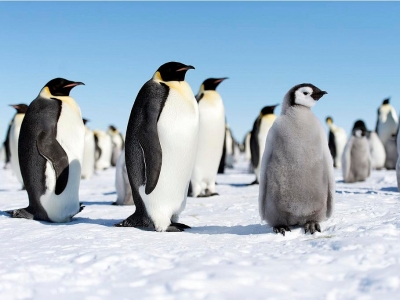
Living organisms thrive in different kinds of habitats, including acquatic environments. An important factor that helps some creatures adapt to changes in the external environment is the regulation of their internal environment – physiological processes. And body temperature plays a crucial role in this adaptation. As you may be aware, warm-blooded animals – such as birds and mammals – are those that maintain a high body temperature, and this temperature does not change with any change in the environment. On the other hand, cold blooded animals – such as fish, amphibians, and reptiles – tend to have temperatures that change depending on their surroundings. While warm blooded animals are generally called homeotherms, cold-blooded animals are called poikilotherms. And then there are heterotherms. These are creatures – such as some species of birds and mammals – that generate their own body heat but whose temperatures are also regulated by their environment. They have variations in temperature within different regions of their body, and during different times of the year too. In such cases, the body temperature is usually warmest at the core and much lower in the extremities. For example, the feet of penguins are cold to match their surroundings so that their feet are not stuck to the ice they are on. But their core body temperature is conserved by warning the blood returning from the extremities. Also, during winters, penguins are said to have body temperatures lower than normal, and this helps them conserve energy. Though heterotherms are usually small creatures, a study has shown that the king penguin – a large bird weighing about 10 kg – too exhibits heterothermy.
Picture Credit : Google

